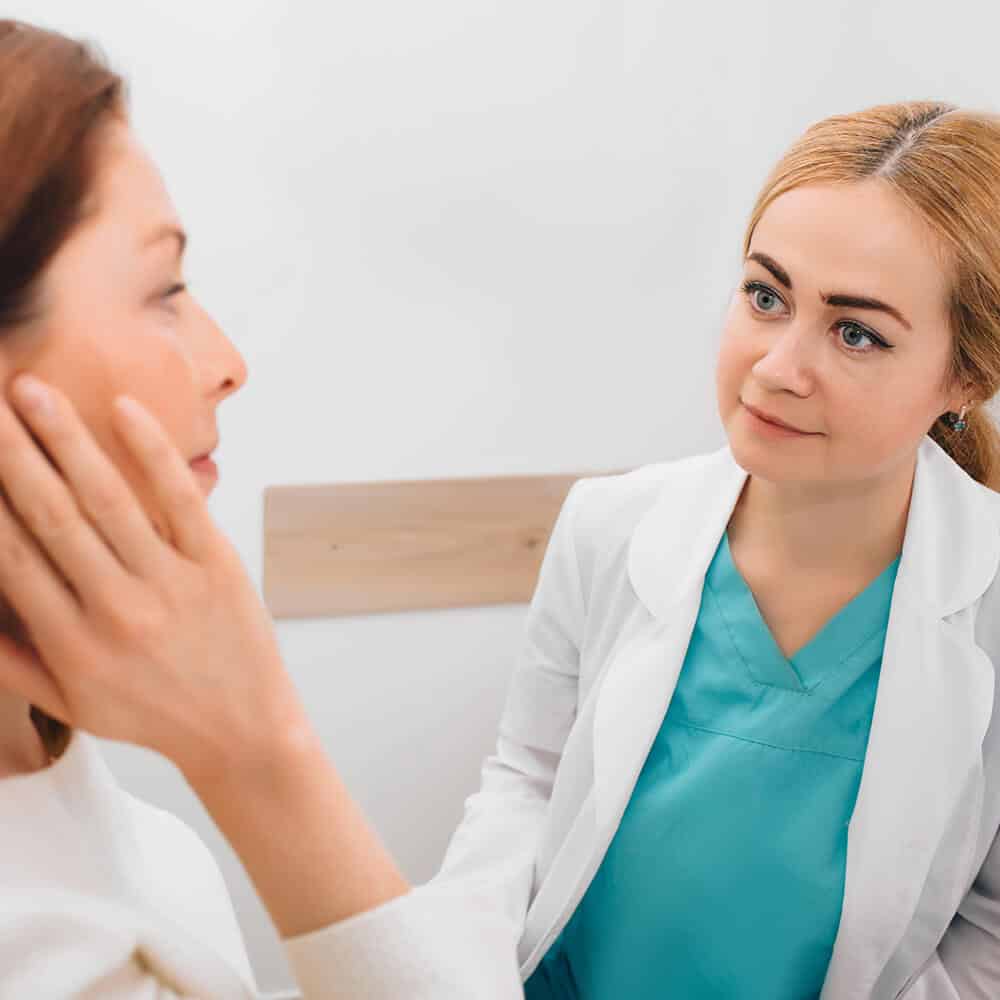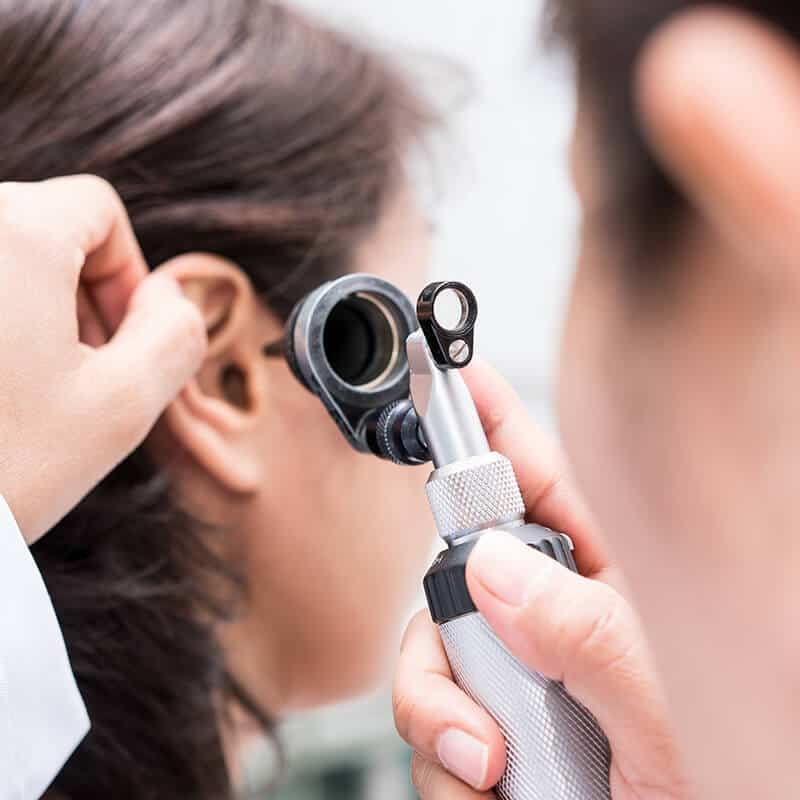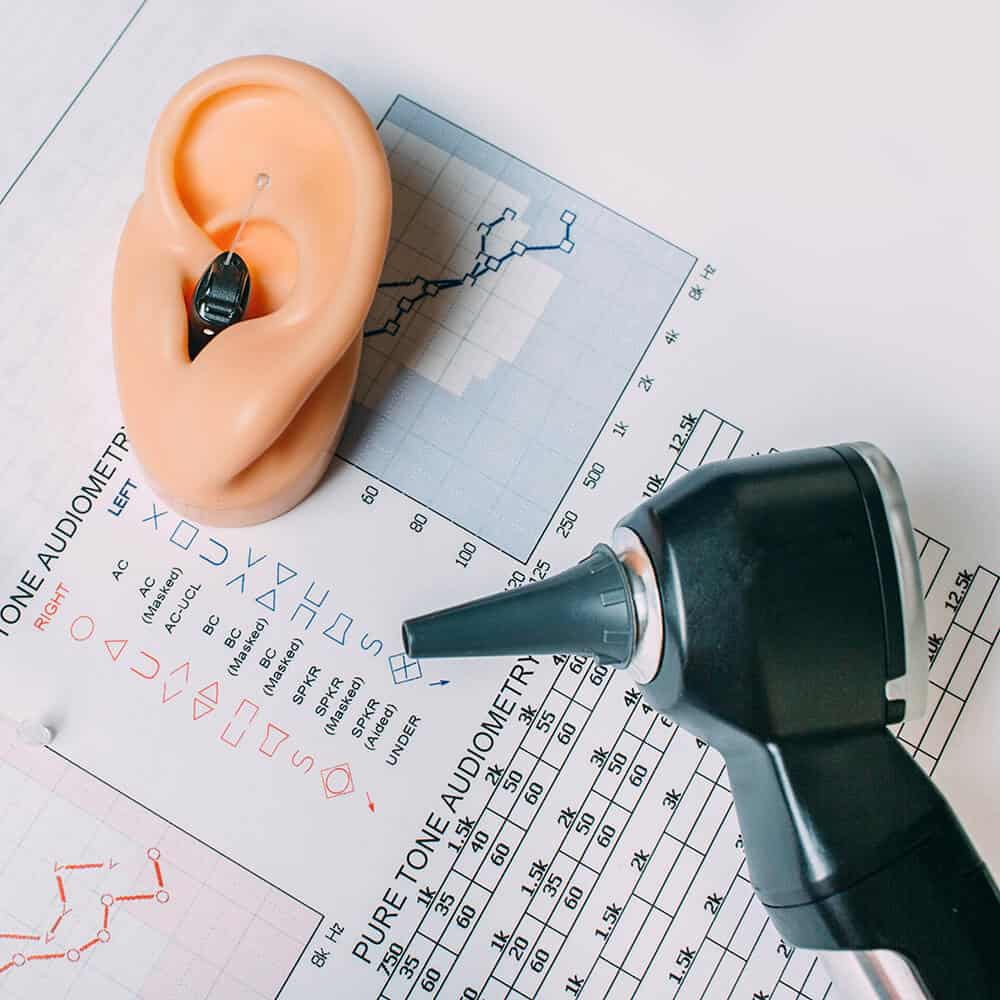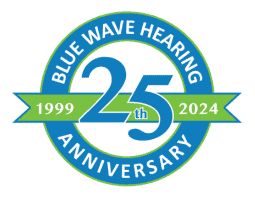Hearing Test
Many of us would never dream of missing our annual medical checkups, and insist that our children and partners also undergo regular physical exams. Yet the value of a yearly hearing test continues to be overlooked by even the most vigilant among us.
On average, it takes 7 to 10 years for most individuals who suffer from hearing loss symptoms to have their hearing checked. The longer the time hearing loss goes untreated, the worse the condition gets. To make matters worse, other life-altering disorders, such as depression, social detachment, and loneliness, may be caused by progressive hearing loss since the sound processing centers of the brain begin to shut down if they do not receive information. Untreated hearing loss may also result in brain atrophy.
Thankfully, through hearing aid treatment and hearing restoration therapy, many of these conditions may be reversed. And it all starts with a hearing test.
If you're concerned about what a hearing test involves, don't worry! Hearing tests are quick, painless, and will give you the gift of knowledge you need to take more control over your hearing health.
Here's what to expect from a hearing test with us in two of our convenient locations in Bella Vista, AR & Bentonville, AR.

Consultation
A consultation involves discussing your medical history and lifestyle factors that could lead to a hearing condition. We will go through your past and present medication history and ask you whether you experience exposure to noise in your life, such as workplace noise. We will discuss the conditions that led you to a hearing test, including how long you have had hearing problems and what effect hearing problems have had on your life. Many medical conditions can play a role in hearing loss, such as anemia, diabetes, and heart disease, so that we can check your medical history as well. Going through your medical history will help us determine the source of a hearing loss and decide on the best treatment course.

An Ear Examination
Before we do any hearing test, we will first conduct a physical examination of your ears. We use a tool called an otoscope to check for any anomalies or medical conditions that might lead to a hearing loss. We can also check to see if you have an earwax buildup, which can be a manageable and easily treatable cause of hearing problems.

Hearing Tests
Next, it is time for the hearing tests. Here are the most typical hearing tests we perform: Pure tone: You are placed in a soundproof booth and given headphones. Beeps of varying volumes and frequencies are played into one ear at a time, and when you can hear them, you respond. This measures your hearing threshold at each stage to assess the degree and extent of your hearing loss. Speech Recognition:At normal listening levels and with varying background noise levels, we will also want to assess how well you can comprehend spoken words and phrases. Based on what kinds of background noises impact your capacity to perceive speech, this will help inform your treatment choices. Tympanometry:This is a procedure that detects problems in the middle ear. It measures how your eardrum responds to sound. A probe is inserted into your ear. This device alters the air pressure in your ear, and the eardrum travels back and forth. On graphs called tympanograms, a computer records the outcomes. When the probe is in the ear, there may be some discomfort, but no harm will result. While the measurements are being taken, you will hear a loud tone and sense of pressure in your ear.

Reviewing Your Results
Using a graph called an audiogram, we will carefully mark your results. The frequencies are shown in this graph at the bottom, from left (low or bass) to the right (high or treble). At the top of the chart, the quietest sounds are seen, while the loudest sounds are at the bottom. The O's represent the right ear, while the X's represent the left.We will explain your hearing abilities based on the results of your audiogram. You'll learn the nature of your hearing abilities in both ears and how well you can hear low and high pitches. Should you require treatment, we will recommend the best hearing aid for your particular hearing loss, your budget, and your lifestyle. Many people are relieved when they finally seek help for their hearing loss. Why not join them? Schedule an appointment with us and get on the road towards better hearing today!

